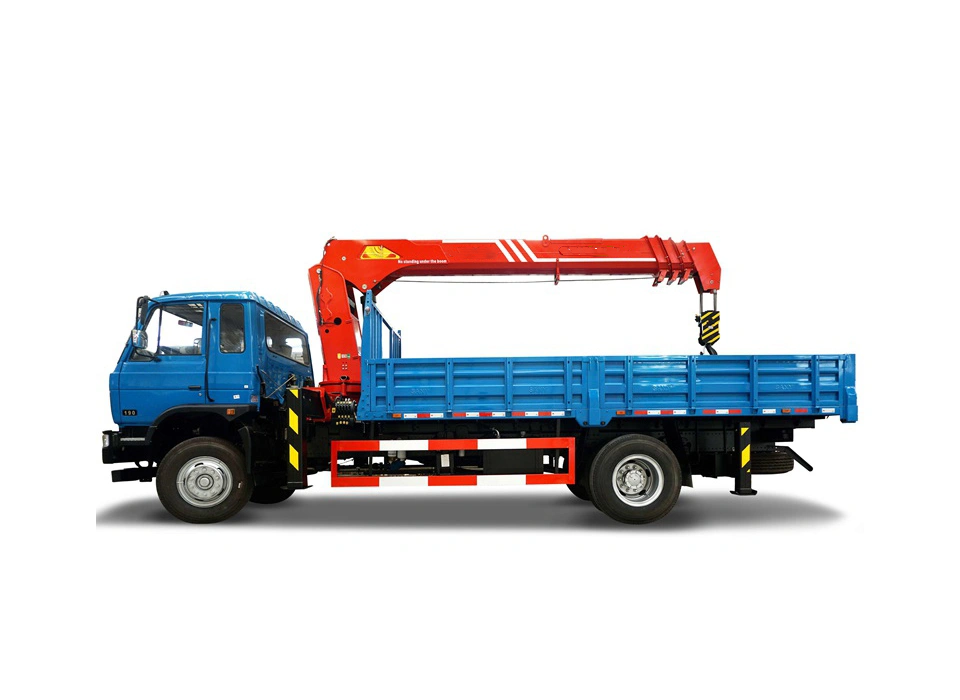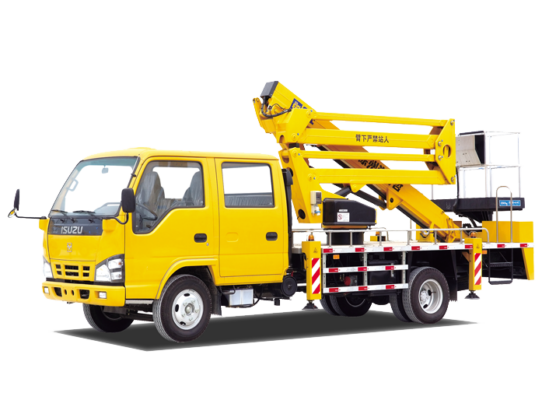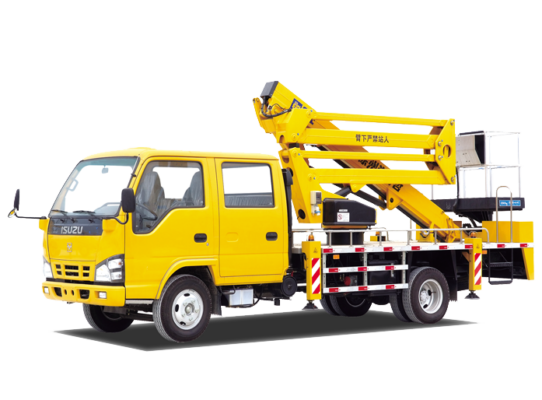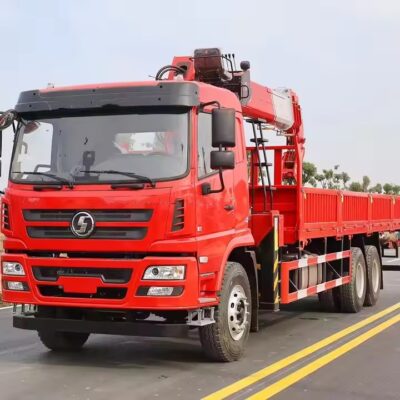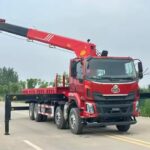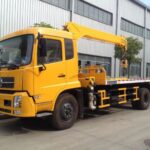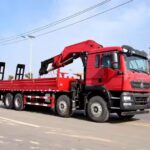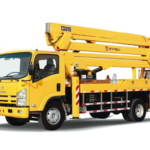Lifting chains are an essential component of lifting machinery, playing a crucial role in enhancing operational efficiency and expanding the working range of lifting equipment. These chains can be adjusted in length according to the lifting height required, making them indispensable for various industrial applications. However, to ensure safety, efficiency, and longevity, it is critical to follow specific guidelines regarding their use, maintenance, and disposal.
Precautions for Using Lifting Chains
1. Avoid Contact with Corrosive and Strong Oxidizing Substances
Lifting chains should be kept away from corrosive substances, such as acids, alkalis, and other strong oxidizing chemicals. Exposure to these materials can lead to rust, weakening the chain’s structural integrity and ultimately compromising safety. If a chain comes into contact with such substances, it should be thoroughly cleaned and inspected before further use.
2. Maintain Cleanliness and Dryness After Use
After use, lifting chains must be cleaned thoroughly to remove dirt, grease, and other contaminants. Proper cleaning helps prevent the buildup of debris, which can lead to corrosion and wear over time. Drying the chain properly after cleaning ensures that moisture does not cause rust formation, prolonging its service life.
3. Apply Anti-Rust Protection During Storage
When lifting chains are not in use, they should be stored in a clean, dry environment and treated with anti-rust oil or another protective coating. This preventive measure minimizes the risk of corrosion, especially in humid or outdoor environments. Chains should also be kept off the ground and away from sources of moisture.
4. Do Not Exceed Load Capacity
It is strictly prohibited to use lifting chains beyond their designated load-bearing capacity. Overloading can cause excessive stress, leading to permanent deformation or sudden failure, which poses a serious safety hazard. Always refer to the manufacturer’s specifications and load charts to ensure compliance with the recommended weight limits.
5. Conduct Regular Inspections
Routine inspections are essential for identifying any early signs of damage or wear. Before each use, operators should check for any visible defects such as cracks, bends, excessive wear, or signs of fatigue. Any chain showing abnormalities should be taken out of service immediately and evaluated by a professional.
6. Ensure Proper Lubrication
Regular lubrication reduces friction between chain links, ensuring smooth operation and minimizing wear. A well-lubricated chain will operate more efficiently and have a longer lifespan. When applying lubrication, ensure that the correct type of lubricant is used to prevent contamination or chemical reactions that could weaken the chain material.
Criteria for Disposing of Lifting Chains
Proper disposal and replacement of lifting chains are necessary to maintain workplace safety. The following conditions warrant the disposal of a lifting chain:
1. Excessive Wear
A lifting chain should be retired when its wear exceeds 10% of the original diameter of the round link stock or accessory thickness. Excessive wear reduces the chain’s strength, increasing the risk of failure under load.
2. Significant Twisting or Deformation
Chains should be disposed of if any primary link is twisted beyond 10 degrees from its normal plane. Twisting can occur due to improper use or excessive stress and can weaken the chain’s structural integrity.
3. Cracks, Bends, or Severe Distortions
If any part of the chain exhibits cracks, permanent bends, or any form of severe deformation, it must be taken out of service immediately. These defects indicate metal fatigue or structural failure, both of which are dangerous during lifting operations.
4. Permanent Elongation
Lifting chains that have stretched beyond 5% of their original length should be considered unsafe and retired from service. Permanent elongation indicates material degradation and reduced load-bearing capacity.
Best Practices for Safe Operation
To maximize the lifespan and safety of lifting chains, operators should follow these best practices:
1. Training and Certification
Only trained and certified personnel should be allowed to handle lifting chains and related equipment. Proper training ensures that users understand safety procedures, load limits, and correct operating techniques.
2. Proper Storage Solutions
Lifting chains should be stored in designated areas where they are protected from extreme temperatures, moisture, and contaminants. Hanging chains on properly designed racks can prevent kinks and tangles, which could lead to damage.
3. Use of Protective Sleeves and Covers
In applications where chains are exposed to rough or abrasive surfaces, protective sleeves or covers should be used to minimize wear. These accessories help extend the service life of the chains by reducing direct contact with damaging materials.
4. Controlled Lifting and Lowering Operations
Operators should lift and lower loads in a controlled manner to prevent sudden jerks or shocks, which can cause undue stress on the chain links. Avoid dragging chains across rough surfaces or sharp edges, as this can cause damage over time.
5. Compliance with Regulations and Standards
Lifting chains should meet industry regulations and standards set by organizations such as ISO (International Organization for Standardization), OSHA (Occupational Safety and Health Administration), and ANSI (American National Standards Institute). Regular audits and inspections should be conducted to ensure compliance with these standards.
Common Issues and Troubleshooting
1. Chain Jamming or Stiffness
If a chain becomes stiff or jammed, it may be due to rust buildup, lack of lubrication, or the presence of debris between the links. Cleaning and reapplying appropriate lubrication can often resolve this issue. If the problem persists, the chain may be permanently damaged and should be inspected for possible replacement.
2. Unusual Noises or Grinding Sounds
Lifting chains should operate smoothly without excessive noise. Unusual grinding or squeaking sounds may indicate excessive wear, lack of lubrication, or misalignment of the lifting mechanism. Identifying and addressing the source of the noise promptly can prevent further damage.
3. Reduced Load Capacity
If a chain appears to be struggling under its rated load capacity, it may be due to internal wear, elongation, or hidden defects. Conducting a thorough inspection and load test can determine if the chain is still safe to use.
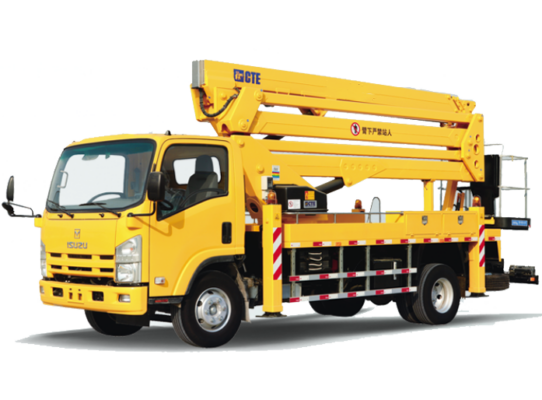
Conclusion
Lifting chains are vital tools in material handling, construction, manufacturing, and other industrial sectors. Their proper use, maintenance, and timely replacement are critical to ensuring workplace safety and operational efficiency. By following the guidelines outlined above, operators can extend the service life of their lifting chains while minimizing the risk of accidents or failures.
Regular inspections, adherence to load limits, and proper storage practices all contribute to the longevity and reliability of lifting chains. Ultimately, prioritizing safety and preventive maintenance will not only protect workers but also improve overall productivity in lifting operations.

